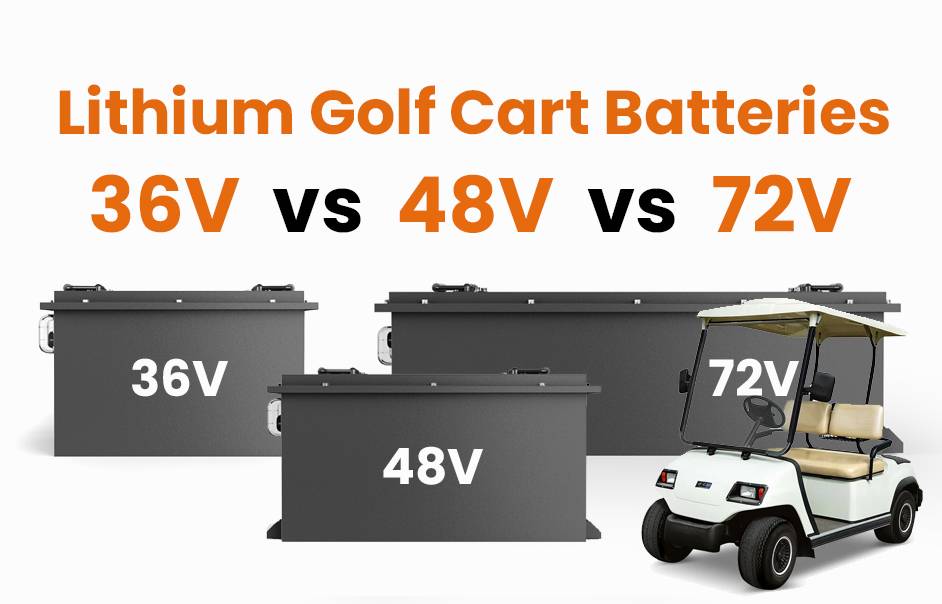
Blog
How Is Yamaha Revolutionizing Golf Cart Charging with Solar Power
Solar-powered charging stations reduce reliance on grid electricity, lower operational costs, and minimize carbon footprints. Yamaha’s stations use photovoltaic panels to harness sunlight, converting it into energy stored in lithium-ion batteries. This system ensures consistent power for golf carts, even during low sunlight, making it ideal for resorts, courses, and communities prioritizing sustainability.
LiFePO4 Lithium Golf Cart Batteries Manufacturer
What Technology Powers Yamaha’s Solar Charging Stations?
Yamaha integrates high-efficiency monocrystalline solar panels, lithium-ion battery storage, and smart energy management systems. These components optimize energy capture, storage, and distribution. The stations also feature IoT-enabled monitoring, allowing users to track energy production and consumption in real time via mobile apps, ensuring seamless operation and maintenance.
Monocrystalline panels achieve up to 22% efficiency, outperforming polycrystalline alternatives. The lithium-ion batteries provide a 95% depth of discharge, maximizing stored energy utilization. Smart inverters dynamically adjust voltage to match cart charging requirements, reducing waste. For example, during peak sunlight, excess energy is redirected to backup storage or facility grids. Predictive algorithms analyze weather patterns to optimize charging schedules, ensuring carts are fully powered even before sunrise. This integration of hardware and software creates a self-sustaining ecosystem tailored for diverse operational needs.
| Component | Function | Efficiency |
|---|---|---|
| Monocrystalline Panels | Convert sunlight to electricity | 20-22% |
| Lithium-ion Batteries | Store surplus energy | 95% DoD |
| Smart Inverters | Manage voltage output | 98% |
How Cost-Effective Are Yamaha’s Solar Charging Solutions?
Though initial installation costs are higher, solar stations offer long-term savings. Users recover investments within 3–5 years through reduced energy bills and tax incentives. Yamaha’s durable design ensures minimal maintenance, with a lifespan exceeding 25 years for panels and 10–15 years for batteries.
A typical 10kW system costs $25,000–$35,000 upfront but slashes annual grid expenses by 80–100%. Federal tax credits in the U.S. offset 30% of installation costs, while states like California offer additional rebates. For commercial facilities, depreciation write-offs further enhance ROI. Over 15 years, cumulative savings often exceed $100,000 compared to grid-dependent charging. The table below illustrates a cost comparison for a mid-sized golf course:
| Cost Factor | Solar Charging | Grid Charging |
|---|---|---|
| Initial Investment | $30,000 | $5,000 |
| Annual Energy Cost | $200 | $3,500 |
| 15-Year Savings | $109,500 | N/A |
What Maintenance Do Solar Charging Stations Require?
Routine maintenance includes panel cleaning, battery health checks, and software updates. Yamaha’s systems are designed for minimal upkeep, with self-diagnostic tools alerting users to issues. Annual professional inspections ensure optimal performance, extending the system’s lifespan.
How Scalable Are These Systems for Large Facilities?
Yamaha’s modular design allows easy scalability. Facilities can add panels or batteries as demand grows. This flexibility makes the system suitable for small golf courses or large resorts, ensuring tailored solutions without overinvestment.
What Safety Features Are Integrated into Yamaha’s Stations?
Surge protection, fire-resistant materials, and automatic shutdown during malfunctions ensure safety. The stations comply with international electrical standards, featuring weatherproof enclosures for durability in harsh conditions.
Expert Views
“Yamaha’s solar stations redefine sustainable mobility. By merging robust engineering with smart tech, they address both economic and environmental pain points. This innovation isn’t just about golf carts—it’s a blueprint for renewable adoption across industries.”
— Redway Power Solutions Team
Conclusion
Yamaha’s solar-powered charging stations offer a sustainable, cost-effective future for golf cart operations. By prioritizing renewable energy, smart technology, and scalability, they set a new standard for eco-conscious transportation solutions.
FAQs
- Q: Can Yamaha’s solar stations charge other electric vehicles?
- A: Currently optimized for golf carts, the system can be adapted for EVs with configuration changes.
- Q: Do these stations work in cloudy climates?
- A: Yes—battery storage ensures energy availability during low sunlight, though efficiency may vary.
- Q: Are government incentives available for installation?
- A: Many regions offer tax credits or rebates for solar projects, reducing upfront costs by 20–30%.




